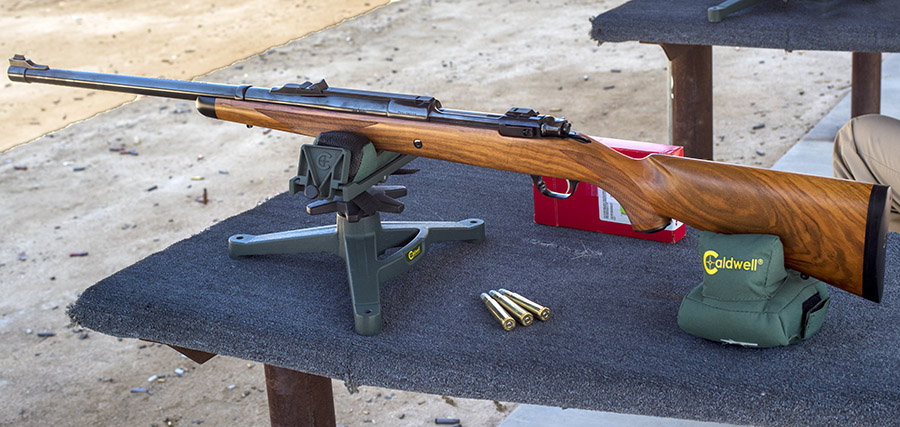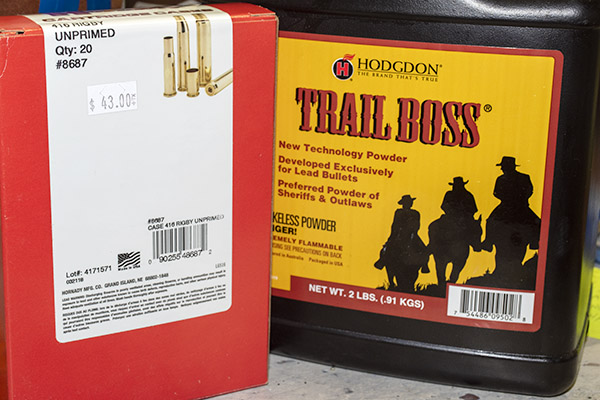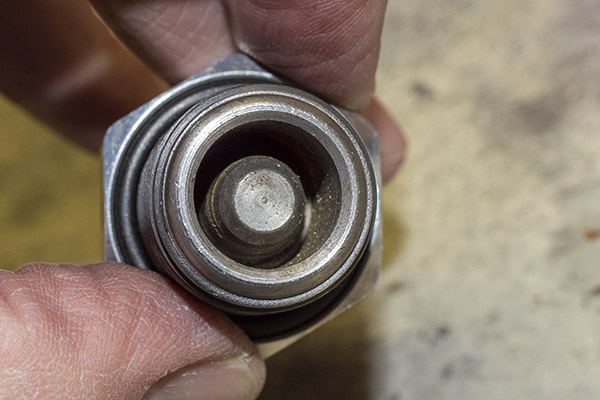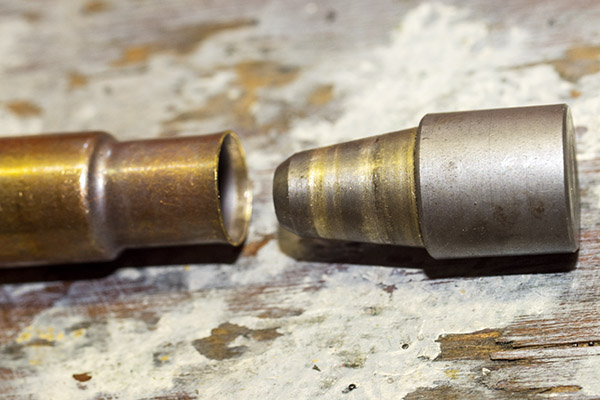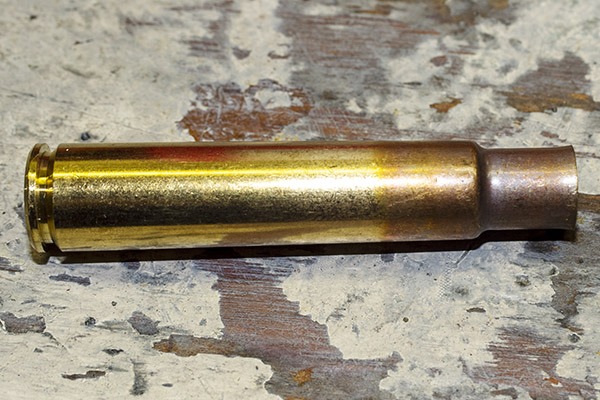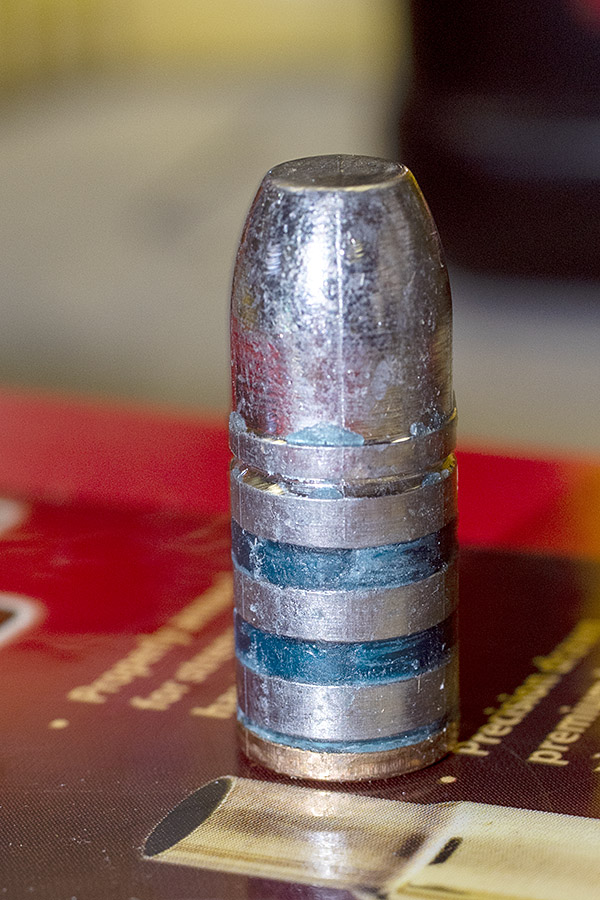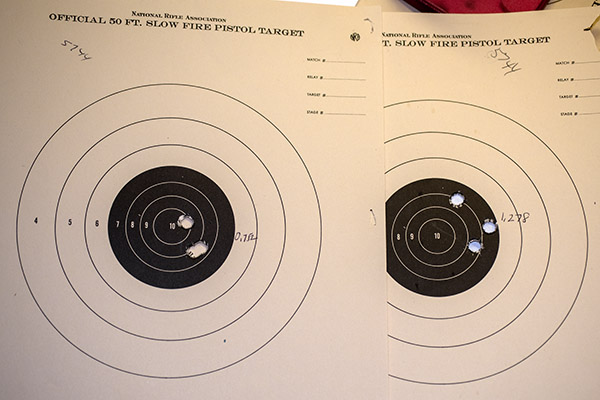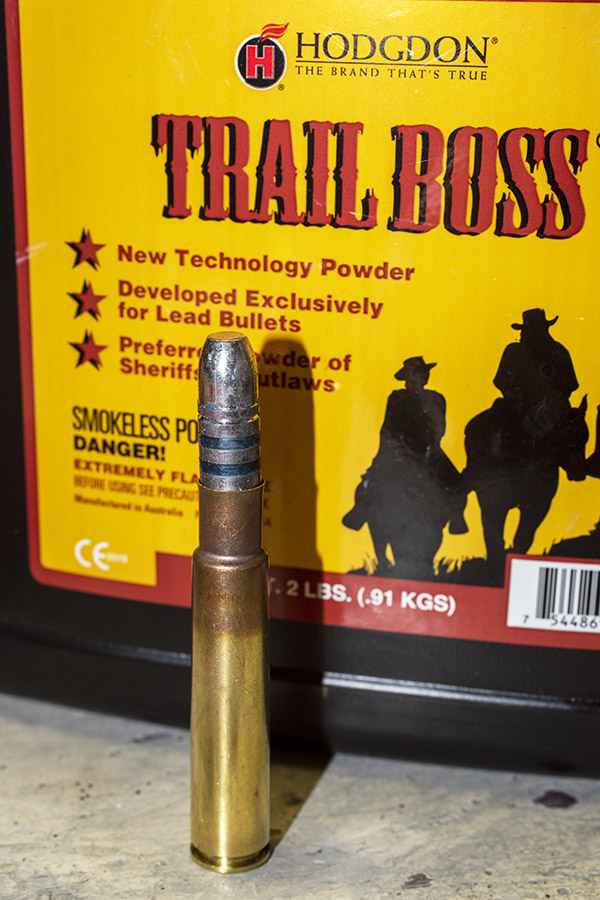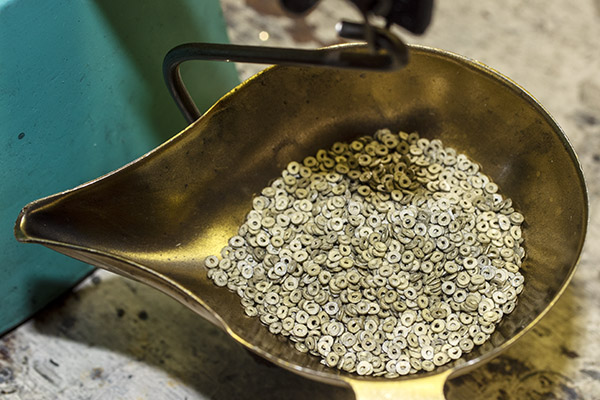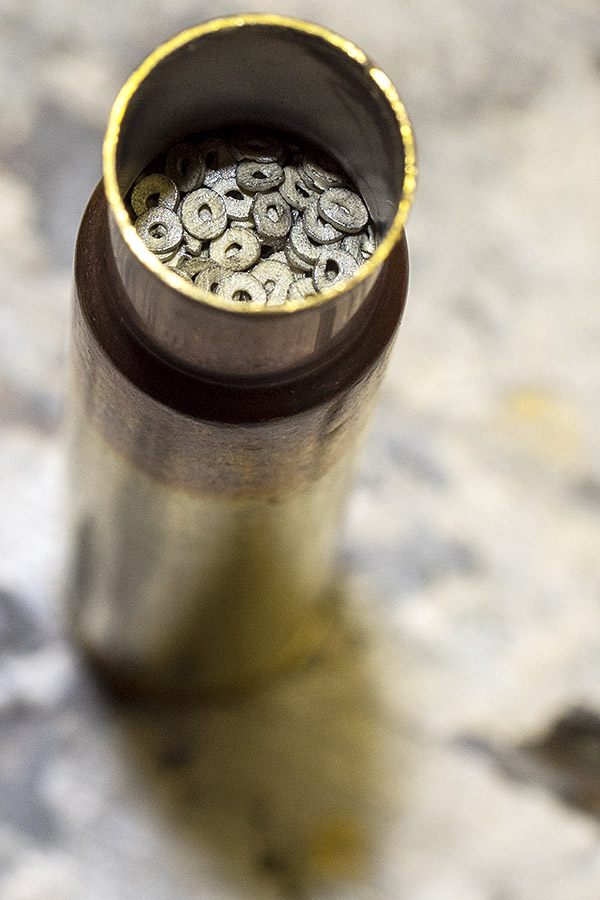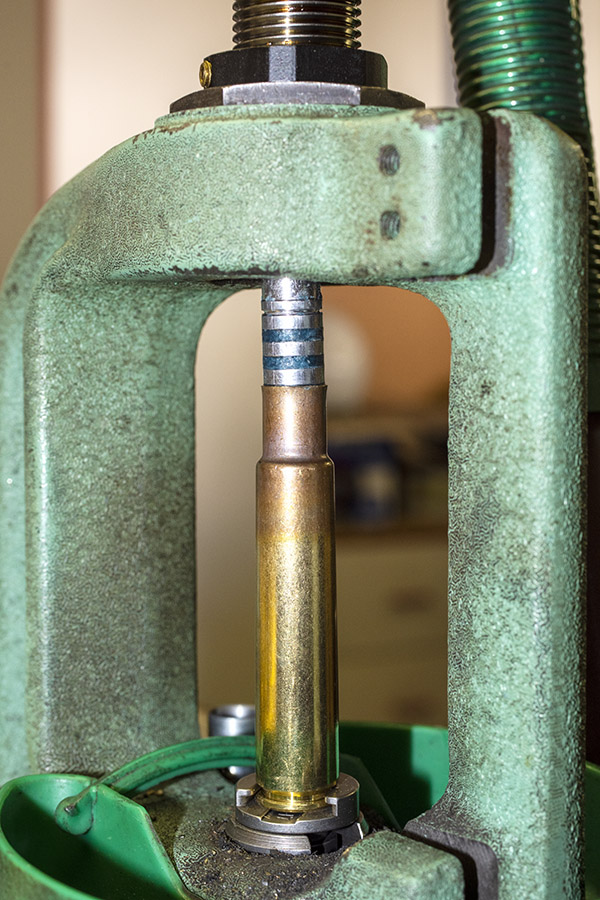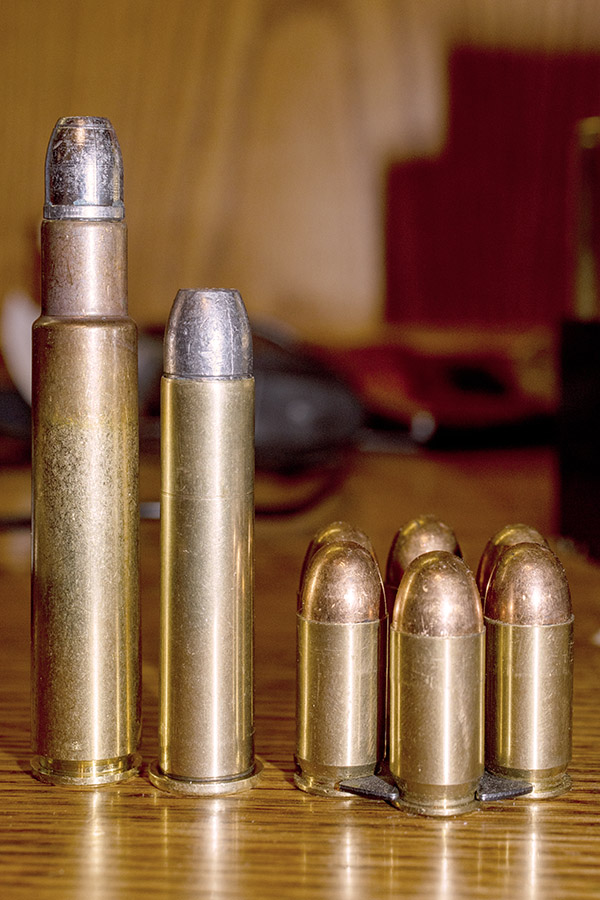Here at ExhaustNotes we don’t limit ourselves to giant, 10-bike comparison tests and feature stories describing the joys of motorcycle riding. ExhaustNotes is much more hands-on than those other guys. In this case we were a little too hands-on.
Loyal readers will know this but for you newbies I’ll say it again: I’ve been building stuff around the house and letting the moto-journo aspect of my career flounder. Normally that’s not a problem as I lie about most of the things I write about anyway.
This story starts with a pre-hung door installation on the Sun Porch behind Tinfiny’s Carriage House. Yes, everything at Tinfiny Ranch has a proper name. The door is all glass except for a metal/wood surround to hold the glass and make space for the doorknobs, hinges and bolt.

Being double pane and all glass the door is sort of heavy and as I was lifting it into position I let the door slide slowly down to the floor. I felt warmth on my left wrist but chalked it up to the early stages of Covid infection. Unfortunately I was not as lucky as that. Blood was dripping from a deep cut over my wrist and could see tendons and what I thought was bone. I started freaking out; it was like the scene in Terminator where Arnie peels back his skin to reveal the mechanical parts of his arm. I couldn’t figure out what happened and since I usually faint at the sight of blood I knew I was on borrowed time. I quickly clamped the door to the existing studs and went to the bathroom to throw up.

As it turns out there was a razor sharp piece of metal screwed into the frame of the door, I imagine reinforcing the lock area. This piece of metal was standing proud of the door by about ¼-inch. That’s the bit that cut me.
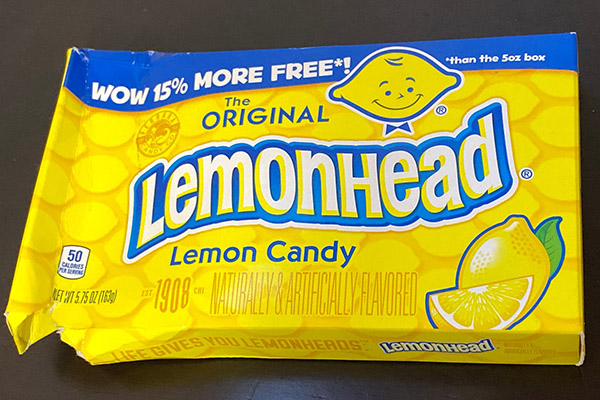
My new weight loss diet consists of Lemon Heads, a candy that is around 98% pure sugar. I call it The Ferrara diet. What with the sugar rush I wasn’t feeling all that hot before I sliced my arm open. The wound made me even queasier. CT was running around trying to find a bandage to stanch the flow of blood as I sank down onto the bathroom floor in a cold sweat. CT found some paper towels and tape and eventually I felt good enough to walk out to the car.
The ride to the hospital took about ½ hour during which I kept yelling “Yi-Yi-Yi-Yi!”, “Michigan!” and “Whoa Daddy!” to keep my mind off the injury. Our local hospital is undergoing expansion so the emergency room has been relocated between two employee parking lots and miles of temporary fence.
CT pulled up to the front and told me to wait in the car while she got a wheel chair. “Oh hell no!” I said, “I don’t need a wheelchair, this is embarrassing.” We had a brief, ultimately futile argument for me, and out came a hospital guy with a wheelchair.
The hospital guy wheeled me to wait in a hallway where a lady was coughing up Covid viruses the size of Lemon Heads. She answered yes to every Covid-question the nurse asked her. It was like her body was a perfect storm of Covid. The hospital guy wheeled me into another room. “Here’s the guy that cut his wrist,” he told the admitting clerks. What the hell? Now I’m a suicide risk? I said, “Look, let me be clear. I did not try to kill myself, I cut my wrist on a door.” It sounded phony as hell.
Back out in the hallway the old lady was gone but the corona virus cloud was still so dense I could actually see the little bastards tugging at my facemask trying to gain access to my respiratory system.
Enough time had elapsed from the initial injury that I was feeling somewhat cocky. Like maybe I had lain on the bathroom floor just to elevate the injury. Yeah, that’s it. I was even thinking about how good a Lemon Head would taste right about now. I was wheeled into Room 9 and the nurse told me to take off my shirt and put on a hospital gown. I had on mismatched socks.
Dr. Wells came in to examine me. I told him about the door but of course I would say something like that if I were trying to conceal a suicide attempt. He said that it was a nice clean cut and that he would be back later to stitch it up. I took a nap as things seemed under control.

True to his word, Dr. Wells came back and asked me all kinds of questions about my job and boats during which he shot some numbing agent into my wrist area. After a short burning sensation I couldn’t feel a thing. As he sewed me up, it felt like someone tugging on my sleeve. Drugs and a good bedside manner really help.

By this time I felt the crisis was past and I could look at my injured wrist without any nausea. I guess it’s true what they say, time does heal all wounds. CT took me home and my wrist seems ok. Luckily I didn’t cut any tendons or veins. After taking a day off I finished installing the door with CT helping to lift the thing.

On a side note: that piece of sharp metal is gone. I don’t care if it weakens the locking system. Kick the door down for all I care. I’ll have to be more observant with my home projects, turns out it’s safer to ride motorcycles than install doors.
Never miss any Joe Gresh…subscribe here:

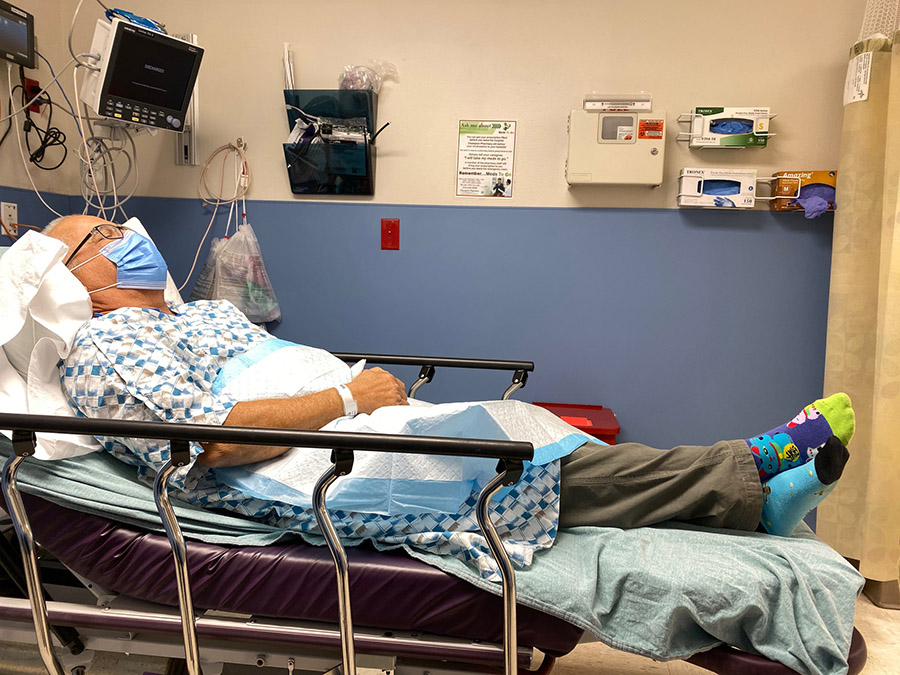
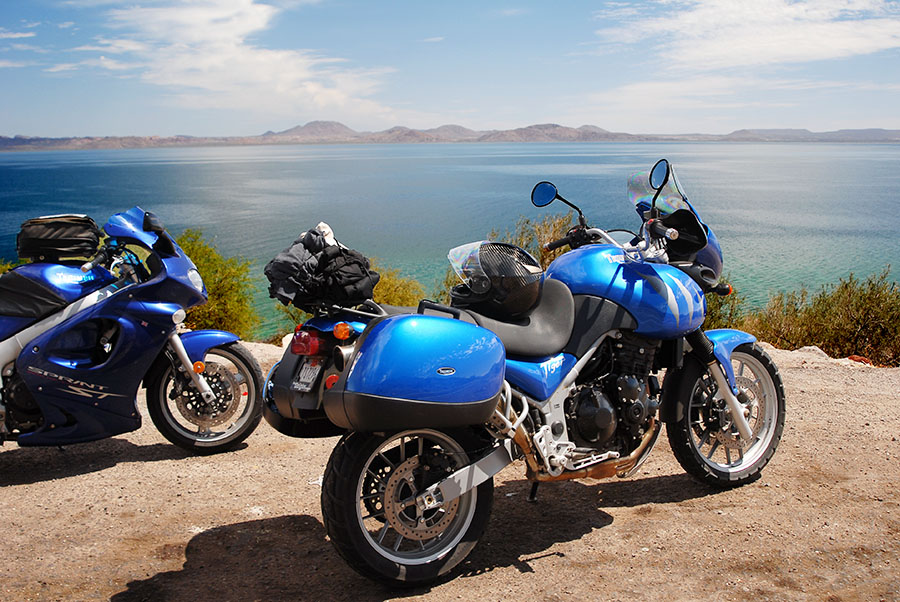
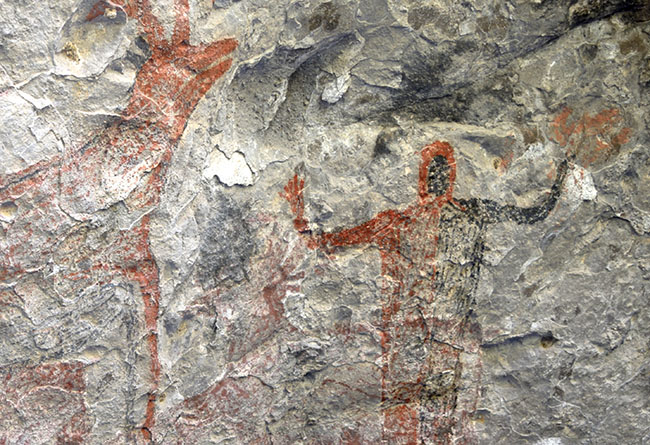

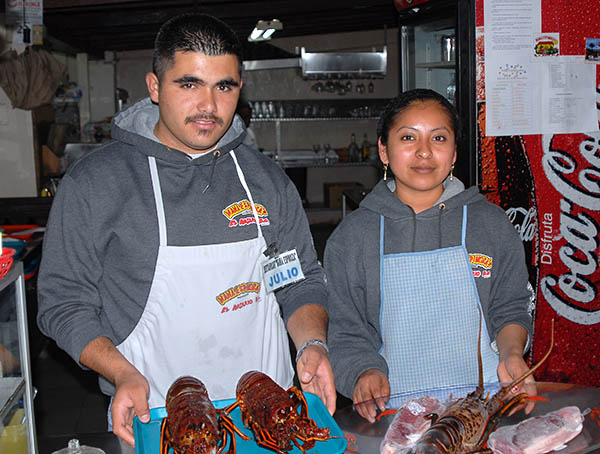

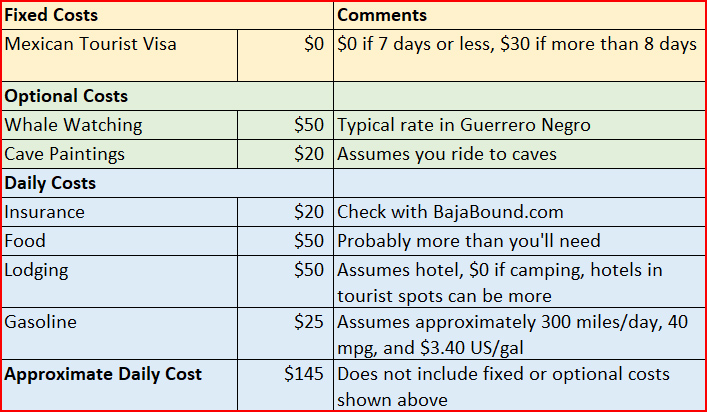





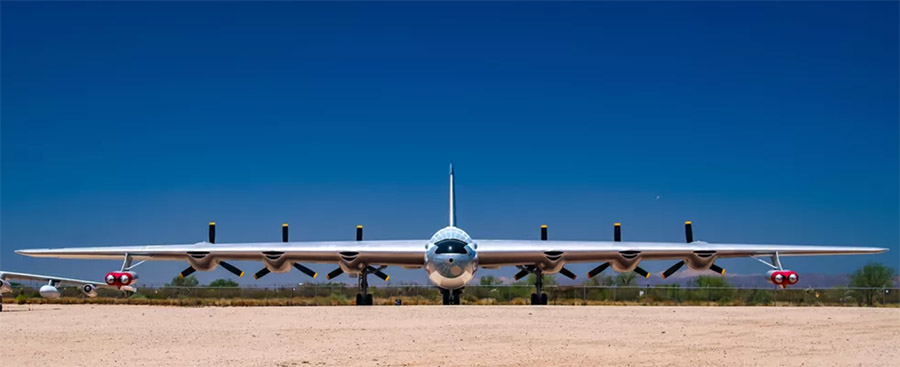
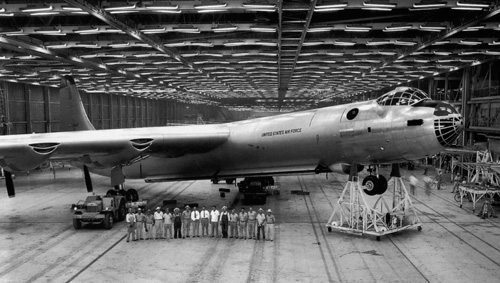

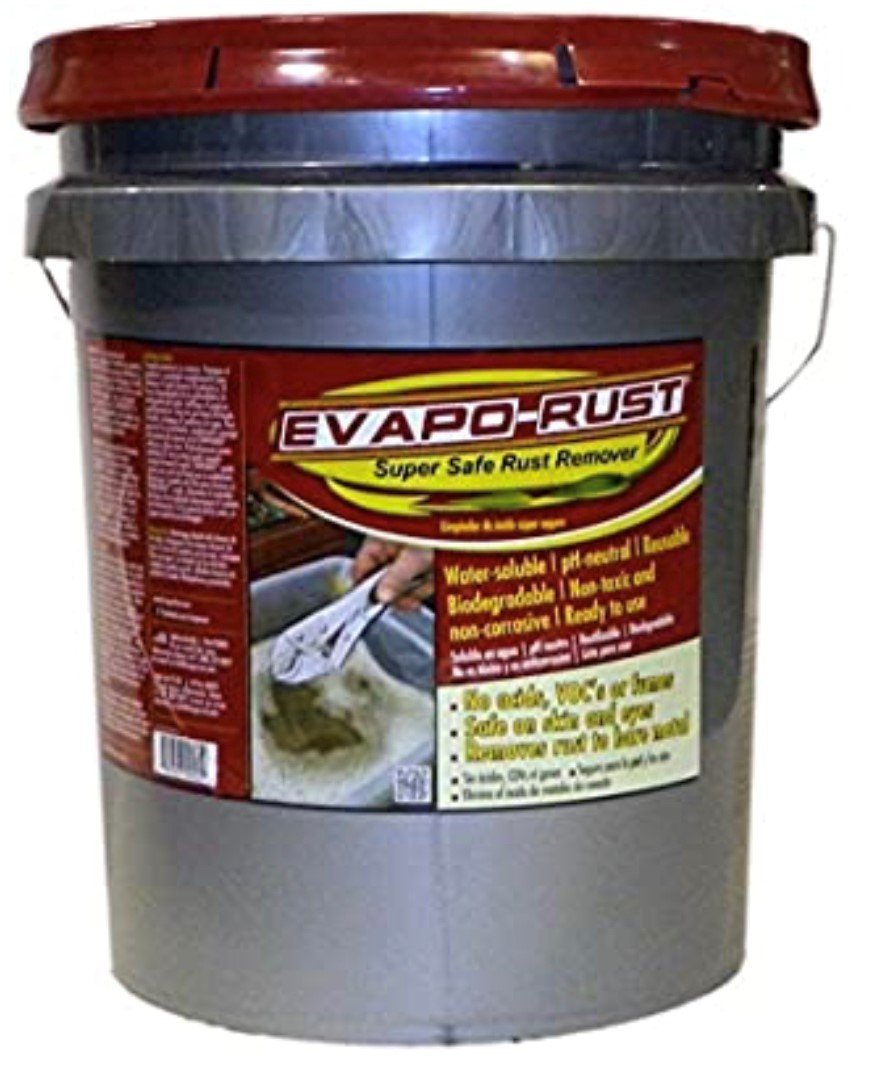
 I’ve used many different types of rust removers in my somewhat futile effort to keep old clunkers on the road.
I’ve used many different types of rust removers in my somewhat futile effort to keep old clunkers on the road. 